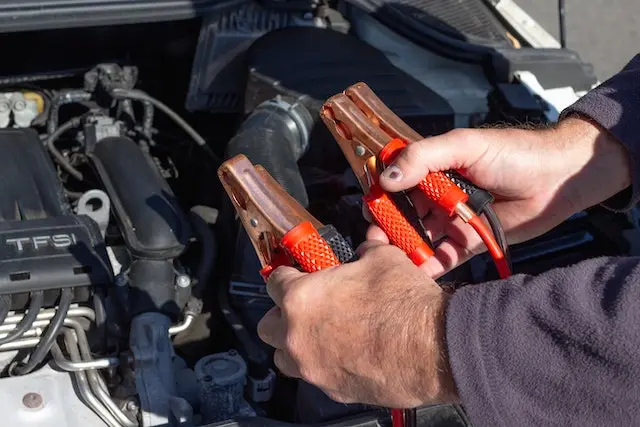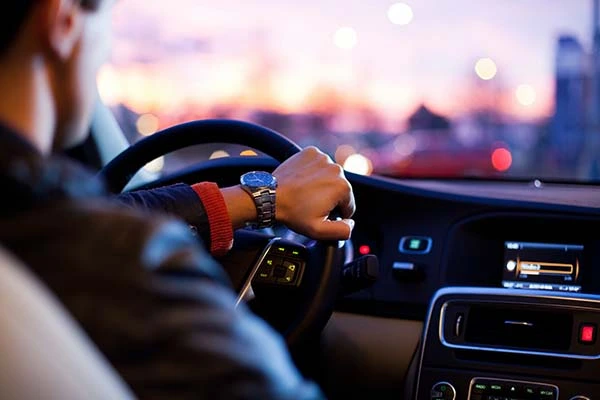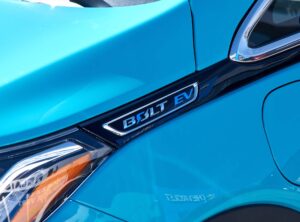Knowing a thing or two about your car always comes in handy. One of those helpful skills is knowing how to start a car without jumper cables. Although a dead battery may not be such an obstacle when you’re in a city, driving far away from any mechanic and realizing the battery’s dead can prove to be tricky. So, let’s see what you should do in such a situation and how I advise checking your four-wheeler before driving a long distance.
What Are Jumper Cables and What Do I Need Them For?
If you’ve ever seen a toolkit that contains a pair of thick, insulated cables with clams, these are called jumper cables. They are used for starting a car with a dead battery. You use them by connecting your battery with that in another vehicle to jump-start it – they will supply the required power from an external source, or in this case, another car. These cables or jump leads will make the temporary connection between two batteries, which is necessary for providing the required power.

Is the Battery Really Dead?
As a car owner, you gradually learn to notice certain things. With experience, you will be able to tell if a spark plug is bad, become skilled in adding brake fluid (I use Motul DOT 5.1), and handle changing a tail light all by yourself. When it comes to car battery disposal and other things concerning this important car part, you should also learn how to deal with its failure.
Not all batteries will alert you to impending failure, but occasionally they will. There are a few signs that could point to a defective battery, but a “dead” battery is typically characterized as one that literally cannot start the vehicle. So checking it is one of the best tips for buying a used car I can provide you with. There are some most common signs that should alarm you.
Safety First – What You’ll Need
It’s crucial to keep in mind that you should never try to jump-start a car with a broken battery because it could cause the vehicle to catch fire or even explode. Here are the things you will need to keep you safe – insulated mechanic gloves such as Vgo brand and eye protection – I have MEIGIX anti-fog glasses.
It will save you time to arrange your equipment and tools so that everything is simple to access rather than having to wait for someone to bring it to you.

How to Start a Car Without Jumper Cables if It’s With Manual Transmission
Check to see whether you are on any slopes. On a hill, pushing your automobile to get it rolling can be risky as well as helpful. It is dangerous to try to push start a car that is situated on a steep hill, so instead, you should call a towing company or ask a friend with jumper wires for help. However, if it’s on a modest incline, the gradient can assist in getting the car moving.
It may not be safe to attempt to push start your automobile if you are on a hill with a grade greater than a modest one. When a car is started by pushing it up a steep slope, it faces the risk of sliding down the slope without power brakes or steering. It’s also important to clear the path in front of your car and make sure that there is nothing in the immediate vicinity of it.
Insert the Key and Turn It On
Since the battery is dead, turning the key will release the lock on the steering wheel. When pushing the car to start, be sure the key is in the “on” position, or otherwise, the engine won’t start. Set the second gear on the transmission. While pushing, starting a vehicle in first or third gear is technically possible, but the second gear is the simplest and safest. The first gear is low gear, so when you let off the clutch, the car can accelerate quickly.
Release the Parking Brake
The next step is to release the parking brake but keep your foot on the brake pedal to stop your car from rolling prematurely. The clutch should be pressed firmly on the floor. If you have some friends nearby, ask them for help with pushing (if you’re not on the hill slope). You should be sitting in the driver’s seat to steer the car while others do some legwork. When you reach at least 5 miles per hour, the engine might start, so drop the clutch. Grip the steering wheel, and do the following:
- Hold the steering wheel tightly, but not more than you usually do when you drive.
- You might feel that the wheel jerks suddenly when the engine is engaged, but after, it should feel normal.
- If the engine doesn’t start, make a few tries, but make sure you don’t release the clutch before the car goes fast enough.
- As soon as the engine starts, you should release the clutch.
- The engine should then continue running because the current is being produced by the alternator.
- Next, you should place the vehicle in neutral and press the brakes. Continue to keep the engine running.
The car should be left running for at least 15 minutes because the engine won’t run on its own until the alternator has recharged it enough.

How to Get Your Automatic Going
While you can jump-start your four-wheeler with the push method, it won’t work on an automatic. So to start such a car that has a drained battery, you will need to be a little bit better equipped or, in short – have a battery charger with you. All you’re required to do is to plug it into the cigarette lighter socket and wait for 20 minutes.
Charge the Battery of Your Automatic With the Best Chargers
You can buy a portable car battery charger to refill your battery if you are close to an auto shop and do not have access to some other car to provide a jump. The table below lists the best chargers currently on the market.
| Battery charger | Characteristics | What’s included |
| Schumacher SC1280 | Costs about $55, and its weight is 3 pounds. The amperage is – 15 and 3 amp modes, and the voltage is 13 volts. Battery type is standard (wet cell), absorbed glass mat (AGM), and gel, and the warranty is two years. | Except for the instruction booklet, the Schumacher SC1280 comes with nothing. The device has the clamps permanently fastened to it. |
| Schumacher SC1362 | Costs about $170, and its weight is 30 pounds. The amperage is – 40 and 400 amp modes, and the voltage is 15 volts. Battery type is standard (wet cell), absorbed glass mat (AGM), and deep cycle, and the warranty is one year. | The Schumacher SC1309 comes with nothing other than the required alligator clamps. |
| CTEK Multi US 7002 | Costs about $155, and its weight is 27.5 ounces. The amperage is 7 amps, and the voltage is 12 volts. Battery type is standard (wet cell), MF, AGM, Ca, and gel, and the warranty is five years. | Eyelet clips and alligator clamps are included with the CTEK 7002. |
| NOCO GENIUS10 | Costs about $100, and its weight is 4 pounds. The amperage is 10 amps, and the voltage is 13 volts. Battery type is standard (wet cell), Gel, AGM, Ca-enhanced flooded battery (EFB), and lithium-ion. The warranty is three years. | A mounting bracket with self-threading screws and the battery clamps are both included. |
| CTEK MXS 5.0 | Costs about $95, and its weight is 1.8 pounds. The amperage is 4.3 amps, and the voltage is 14 volts. Battery type is standard (wet cell), Gel, AGM, and Ca. The warranty is five years. | The CTEK comes with a charger and a carrying bag made of soft vinyl, an eyelet with comfort-connect, and clamps. |
| NOCO GENIUS1 | Costs about $30, and its weight is 6.3 ounces. The amperage is 1 amp, and the voltage is 15 volts. Battery type is standard (wet cell), Ca, Gel, EFB, AGM, and lithium-ion batteries. The warranty is three years. | The only thing included is the alligator clips. |
You Might Want to Call Your Mechanic or Contact Roadside Assistance
Perhaps you know how to change a flat tire with ease or to tell if your clutch master cylinder is bad, but you simply can’t manage to start the vehicle even with trying. This is when it’s time to call either your mechanic or roadside assistance. Professionals are better at handling these kinds of situations, and they can fix the windshield wipers that stopped working, help you with an accident and take care of your dead battery.








